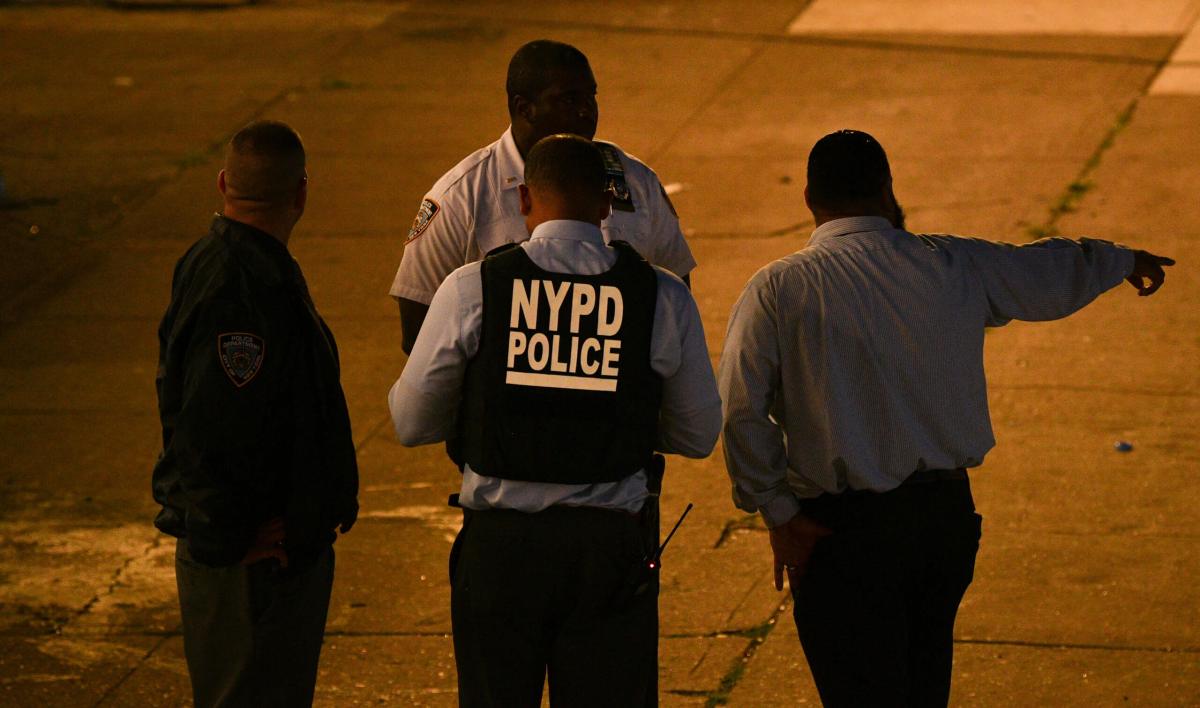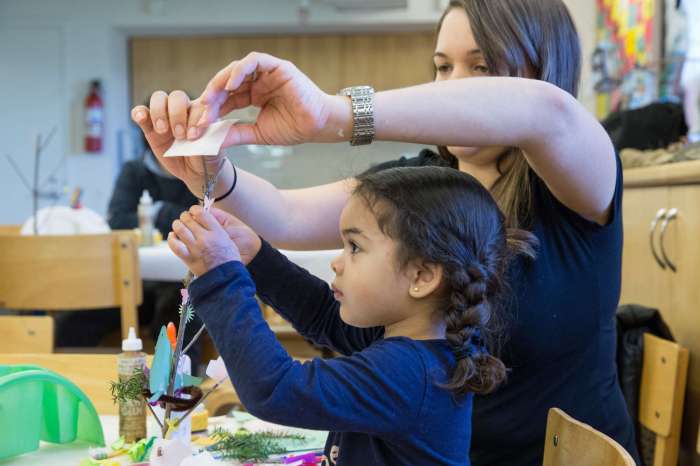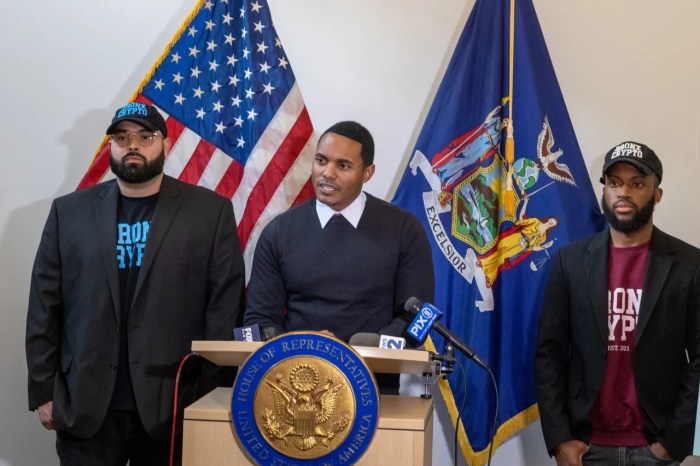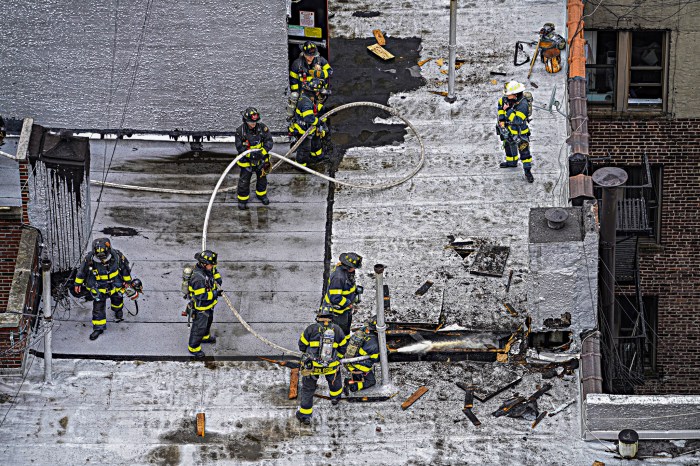Labor Day races among the various beach clubs and waterfront communities are an annual event and a great opportunity for youngsters to show off their skills. The Labor Day competitions in Edgewater Park began circa 1916 and were originally for adults while the children watched from the side-lines. After World War I the games got tougher as some veterans returned from overseas toughened up by their military service. About the same time a few foot races were added for the children.
The land competitions were held on Fifth Avenue in B Section and included an obstacle course in addition to the running races. A tug of war held next to the Adee mansion was added later and was a major attraction. Mr. Beck baked numerous pies for a pie eating contest which was also popular. There was a Charlie Chaplin race for the women where their ankles were loosely tired together which made them walk with a Charlie Chaplin-like shuffle.
The novelty race for adults started out with the men wearing their bathing suits and having to fur-ther dress themselves as they ran. Various items of clothing would be awaiting them on the track as they ran along. The women later had their turn with the same event. Then there was the camouflage race which had the men dressed in costumes with their ankles tied. There was also a shoe race, high jump and shot put competition.
The water contests included canoe tilting where your opponents used a pole to try to tilt your canoe over while you did the same to them. Another canoe contest was a race without paddles. You leaned over the front of the canoe using your two hands as paddles. Having big paws would be a definite advantage. There were also the usual shorter and long distance swimming races and diving competitions.
The variety of games had changed over time and by the 1940’s most of the races were for children but adults were not left out either. An egg throwing contest for adults started with each couple only a few feet apart tossing the raw egg on command. After each toss, the pair stepped further apart. The idea, of course, was not to let the egg break when you caught it.
The orange gathering contest was judged by how many oranges each girl could harvest and hold. Many wore their older sister’s or mother’s bathing suit because it was looser and they had ample space to store the oranges gathered as they splashed about in the water. The greased pole contest was very tough as a section of a telephone pole was extended out into the water at the end of Sandy Pier. It was then coated with grease and a flag placed at the end of it. The idea was to try to get to the end of the pole and grab the flag. It was extremely difficult. Another contest called for youngsters to dive in and retrieve silver dollars which were tossed into the water. Later a dinky rowing contest was added and the long distance swimming race was always a major competition and many of the contestants would be greased down before entering the water.
The land races by this time were held on the D Section ballfield which was later lost to the con-struction of the Throgs Neck Bridge and the highways leading thereto. Among the popular events was a three-legged sack race where you and your partner had a gunny sack joining your left leg and your partner’s right leg. You had to run to the finish line this way. There was also a sack race wherein you hopped the entire course of the race. There were the usual running races, an egg and spoon race and a bicycle race among others.
When the D section ballfield was lost circa 1960, the races moved to the E section field where they are still held. Most importantly, the children are given an opportunity to showcase their skills and are taught good sportsmanship. It’s not who wins or loses that is important, but doing your best and looking for opportunities to improve. A Dance of Champions is then held on Labor Day itself with prizes awarded to the various winners.



















